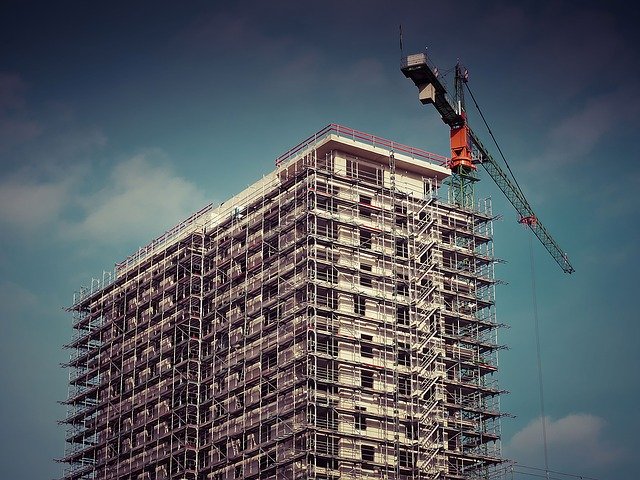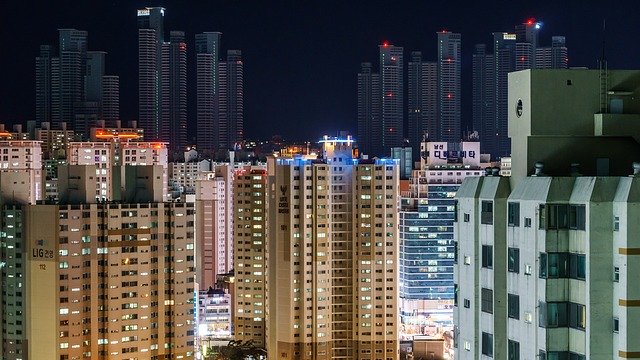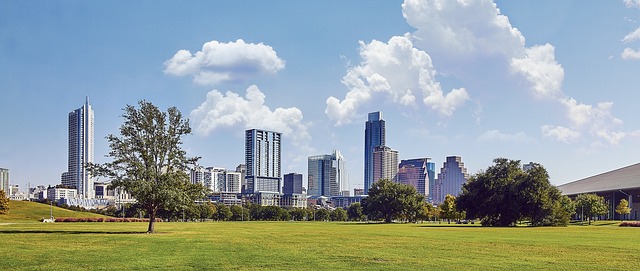As is the case across the country, the real estate market in Chicago is ablaze, for the simplest of reasons: Demand has outstripped supply.
That is, of course, great news for agents and brokerages, who are moving more properties at higher prices, and doing so more quickly than is typical.
There are challenges, however. Agents must do their homework. They must be aware of the factors that affect not just the market as a whole, but their market in particular.
They must understand not just the sheer volume of listings, but where those listings are.
They must be light on their feet, since things tend to happen quickly in this day and age. And they must be even more creative than usual in conjuring up listings.
Danielle Hale, chief economist for Realtor.com, told Curbed.com it is, in fact,
“the most competitive housing market we’ve seen in recorded history,” and pointed to a record low inventory as the reason for that.
Supply had actually been sliding for 42 consecutive months as of March, according to Curbed, and it is down 8.5 percent from 2017.
It is, most analysts agree, a result of underbuilding. One such expert is Ralph De Franco, author of the report and Global Chief Economist at Arch Mortgage Insurance; he told Forbes that there are 1 million to 2 million fewer units than there should be in the U.S., based on the way in which the population has grown in recent years.
Other factors will in time come into play, however. Curbed cites a demographic trend that will see more Millennials reaching the age of 30 in 2020 than in any previous year, meaning they will likely be looking to buy homes just as a large number of Baby Boomers are endeavoring to downsize.
The supply/demand continuum in a given area is also affected by such factors as whether businesses are upsizing or downsizing, divorce rates, weather trends, investment trends and interest rates.
Once you sift through all that, it is a matter of recalling Economics 101: If supply is low and demand is high, prices will increase as well. Nationwide real estate prices, in fact, shot up five percent early in 2018, according to Forbes, with the expectation they will rise another 10 to 15 percent by year’s end (though the high-end market is expected to remain stagnant).
That same report estimated that in Chicago the average monthly payment to purchase a median home will be slightly greater than the national average — i.e., 17 percent, from $1,681 at the end of last year to $1,971 by Dec. 31, 2018.
Chicagobusiness.com identified six neighborhoods and 12 outlying areas that have proven to be particularly promising: Calumet Heights, Gage Park and West Ridge for urban housing; Grand Boulevard, Kenwood and Lincoln Square for urban condos and townhouses and Antioch, Bartlett, Elk Grove Village, Elmwood Park, Forest Park, Glen Ellyn, Lake Bluff, Rolling Meadows, Skokie, Wheaton, Willowbrook and Wood Dale for both kinds of housing in the suburbs.
That report noted that such South Side neighborhoods as Grand Boulevard and Calumet Heights have grown increasingly fertile because of the rehabbing of distressed properties in recent years.





